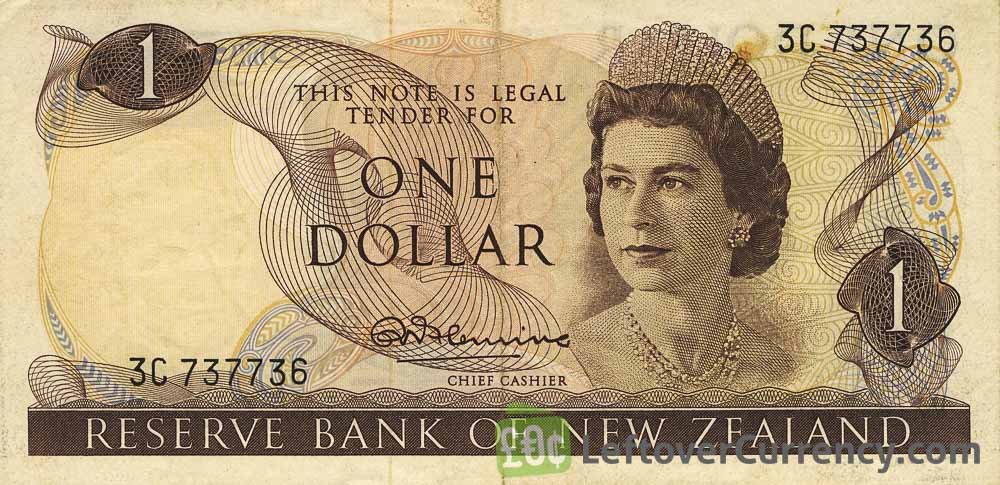NZD/USD Weakens near 0.5900 due to Poor NZ GDP and USD Post-FOMC Recovery Hurting Kiwi
NZD/USD continued to fall for the second consecutive day, plummeting towards the 0.5900 mark after New Zealand’s Q2 GDP fell by 0.9%, much lower than forecasts. The poor numbers stoked expectations of additional RBNZ rate cuts, taking a heavy toll on the Kiwi, while the US Dollar recovered from multi-year lows in the post-FOMC session, further exerting downward pressure. Bears currently target a decisive break below 0.5900 to validate further declines, with initial support at 0.5875 and further targets around 0.5835 and 0.5800. KEY LOOKOUTS • The Q2 GDP fall of 0.9% places additional pressure on the RBNZ to weigh up additional rate cuts, suppressing the Kiwi. • The US Dollar’s recovery after the FOMC from multi-year lows still puts pressure on NZD/USD to the downside. • A continued dip below the 0.5900 level, supported by significant Fibonacci and moving average resistance, may initiate deeper losses. • Any bounce attempts are confronted with instant resistance at 0.5935–0.5960, with tougher barriers at 0.6000 and higher. NZD/USD is facing intense selling pressure, ranging near the 0.5900 confluence point as downbeat New Zealand GDP news and a stronger US Dollar bear heavily on the pair. The more-than-anticipated 0.9% Q2 GDP slump boosted expectations of more RBNZ rate cuts, weakening sentiment against the Kiwi. In contrast, the USD is gaining traction on post-FOMC rebound, lending further support to the bearish bias. Any break below 0.5900 may pave the way for further losses, while any bounce will be likely to be resisted around 0.5935–0.5960 and at the 0.6000 psychological level. NZD/USD is trading under pressure at 0.5900 after New Zealand’s Q2 GDP fell sharply, increasing hopes of RBNZ rate cuts. The pair is also facing additional downside pressures from a rising US Dollar, and the bears are looking to break below key technical levels for additional losses. • NZD/USD declines for a second consecutive day, underpinned by soft local data and a rising USD. • Q2 NZ GDP contracted 0.9% QoQ, worse than the forecast 0.3% fall, reversing last quarter’s expansion. • Rate cut expectations increase for the RBNZ, further weighing on New Zealand Dollar demand. • USD strengthens on FOMC recovery from multi-year lows, adding to Kiwi weakness. • A crucial support at 0.5900 coincides with the 200-period SMA (4H) and 50% Fibonacci retracement. • Further downside levels are at 0.5875, 0.5835, and the 0.5800 August swing low. • Upside resistance is at 0.5935–0.5960, with firmer hurdles at 0.6000 and 0.6045. The New Zealand Dollar fell under renewed pressure after the nation’s economy posted a steep contraction in the second quarter. Statistics New Zealand posted a 0.9% slump in GDP, significantly worse than the anticipated 0.3% fall, reversing the previous quarter’s growth. Disappointing results have fuelled fears over the health of the New Zealand economy and heightened market expectations that the Reserve Bank of New Zealand could turn to further interest rate cuts in the months ahead. This change of sentiment has been a heavy burden on investor confidence, pushing demand away from the Kiwi. NZD/USD DAILY CHART PRICE SOURCE: TradingView Meanwhile, the US Dollar keeps firming as it consolidates its post-FOMC bounce from multi-year lows. Market players are recalibrating expectations on US monetary policy, and the greenback’s confidence returns following the Federal Reserve’s most recent policy stance. The increasing policy divergence between the RBNZ and the Fed is pressuring the New Zealand Dollar, and it is hard for the pair to establish sustainable support. Market participants are on edge, eyeing future economic data and central bank statements for additional guidance regarding the move of the currency pair. TECHNICAL ANALYSIS NZD/USD is also perched at the key 0.5900 confluence point, where the 200-period SMA on the 4-hourly chart and the 50% Fibonacci retracement of its recent rally meet. Oscillators on the daily chart have started to turn south, which reflects increasing bearish pressure. A clean break below this level may fuel the decline towards the 0.5875 and 0.5835 supports, while the upside has key resistance at 0.5935–0.5960, followed by the psychological 0.6000 barrier. FORECAST NZD/USD is still susceptible to weakness as poor local growth numbers and heightened RBNZ rate-cut expectations bear down on the Kiwi. A clear fall below the 0.5900 support level may open the door to further losses, with 0.5875 and 0.5835 serving as critical downside targets. Further descent towards the 0.5800 August swing low cannot be discounted if bearish pressure intensifies. Conversely, if the pair can hold through the 0.5900 level and regain its upward momentum, a rebound towards 0.5935–0.5960 is likely. Persistent strength above these levels would set up a retest of the 0.6000 psychological level. A breach above 0.6000 would send sentiment increasingly positive, clearing the way for further gains towards 0.6045 and potentially the 0.6100–0.6120 area.












